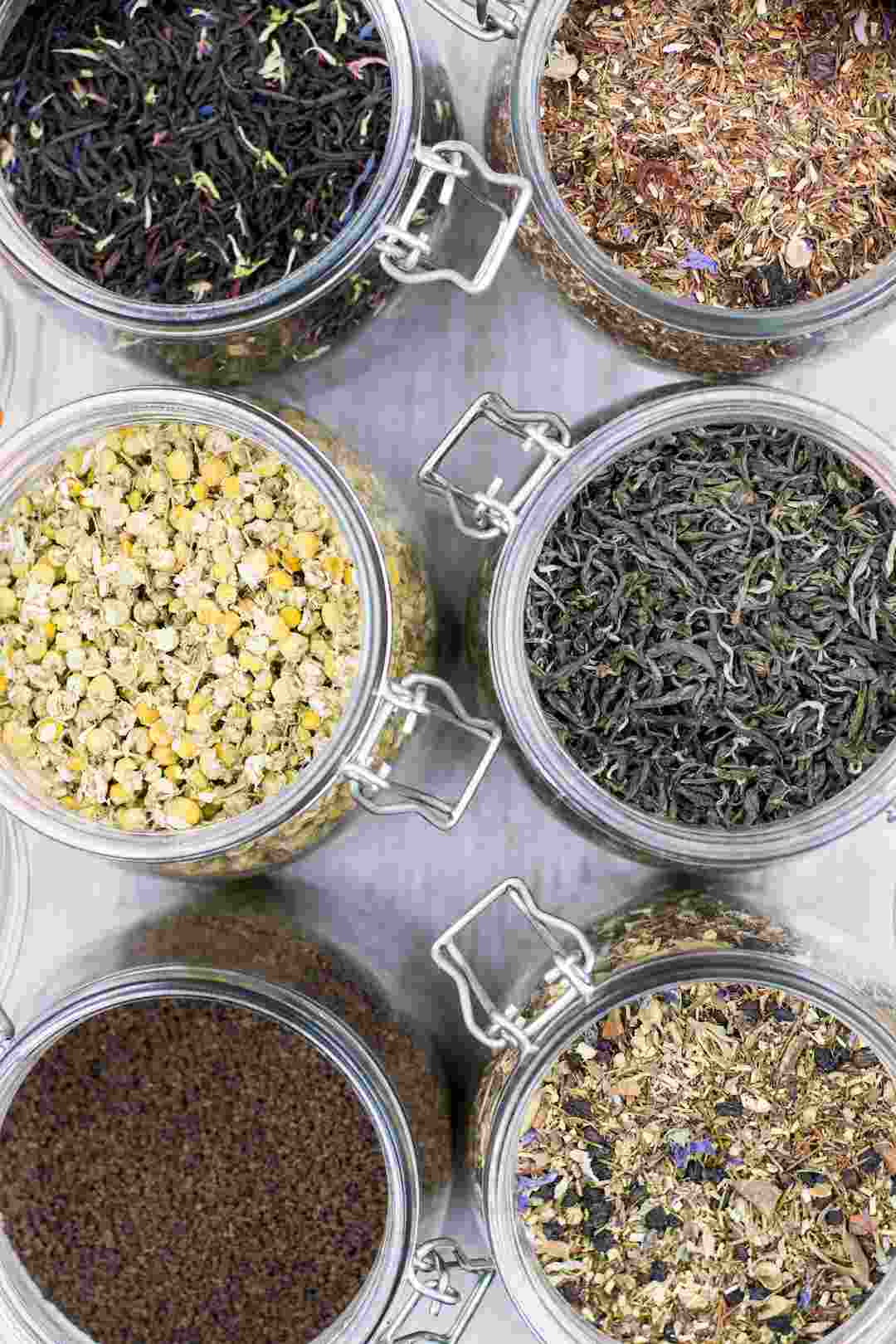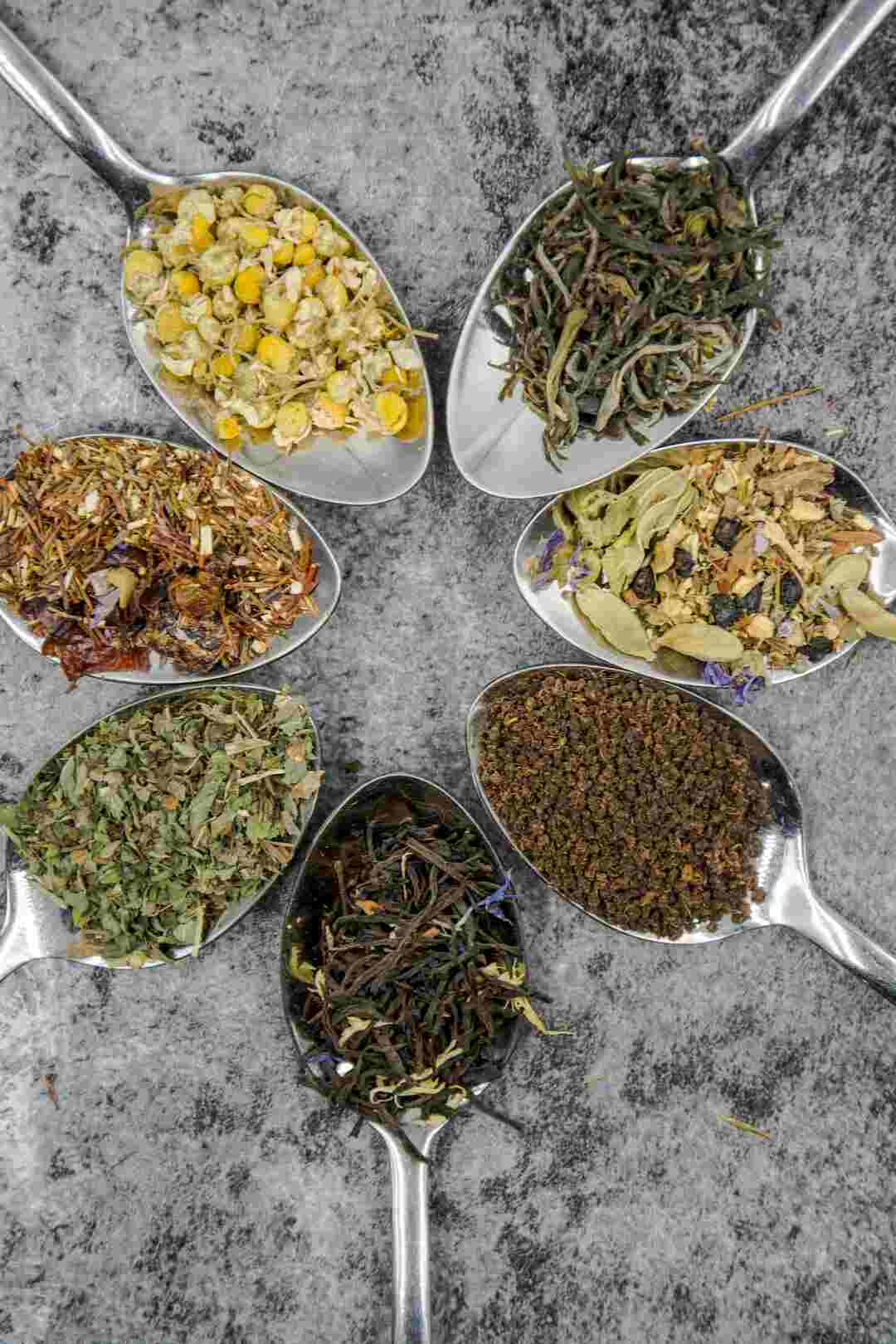Exploring the Wonders of Tapioca Pearls Sago: A Delicious and Versatile Ingredient
Have you ever tried tapioca pearls sago? These small, translucent balls made from tapioca starch are a popular ingredient in many Southeast Asian countries such as Thailand, Taiwan, and Malaysia. They are commonly used in desserts and drinks, but did you know that they can also be used in savory dishes? In this blog post, we will explore the wonders of tapioca pearls sago and how they can be used to create unique and delicious dishes.
Texture and Flavor
The texture of tapioca pearls sago is chewy and slightly gummy, which makes them a popular ingredient in bubble tea and other drinks. They are often boiled in water or coconut milk until they become translucent and soft. Additionally, tapioca pearls sago can be colored with natural food dyes or flavored with syrups to create unique and colorful desserts.
Gluten-Free Alternative
For those who are gluten-free, tapioca pearls sago are a popular alternative to wheat-based ingredients in desserts and baked goods. They have a long shelf life and can be stored in a cool, dry place for up to a year.
Savory Uses
While tapioca pearls sago are often associated with sweet dishes, they can also be used in savory dishes such as dumplings or stews. The chewy texture of tapioca pearls sago can add an interesting texture to these dishes.
Recipes
Here are some delicious recipes that use tapioca pearls sago:
| Recipe | Description |
|---|---|
| Bubble tea | This popular Taiwanese drink is made with tapioca pearls sago, milk, and tea. It is a refreshing and sweet drink that is perfect for a hot day. |
| Tapioca pudding | This classic dessert is made with tapioca pearls sago, milk, sugar, and vanilla. It is a creamy and delicious dessert that is perfect for any occasion. |
| Tapioca dumplings | These savory dumplings are made with tapioca pearls sago, ground pork, and seasonings. They are a delicious and unique twist on traditional dumplings. |
Conclusion
Tapioca pearls sago are a delicious and versatile ingredient that can be used in a variety of dishes. Whether you prefer sweet or savory, there is a recipe out there for you. So why not try something new and experiment with tapioca pearls sago today?
The Fascinating History and Versatility of Tapioca
Have you ever tried tapioca pearls in your drink or dessert? These chewy and slightly sweet balls are a popular ingredient in many Asian cuisines, and have gained worldwide fame thanks to the bubble tea craze. But where does tapioca come from, and how is it used in different parts of the world?
The Roots of Tapioca
Tapioca is a type of starch extracted from the roots of the cassava plant, which is native to South America but has been cultivated in many tropical regions around the world. The name “tapioca” comes from the Tupi word tipi’ka, which means “residue” or “sediment,” referring to the process of washing and grinding the cassava roots to extract the starch.
For centuries, tapioca has been a staple food for indigenous communities in South America, as it is a good source of carbohydrates and can be stored for long periods of time. Tapioca flour, also known as cassava flour, is used in many traditional dishes such as po de queijo (Brazilian cheese bread) and casabe (a flatbread made by the Taino people in the Caribbean).
The Rise of Tapioca Pearls
While tapioca flour has been a common ingredient in many cuisines, tapioca pearls have a more recent history. These small, round balls are made by mixing tapioca starch with water until it forms a dough, then rolling it into small balls and drying them. The use of tapioca pearls in food and drinks originated in Southeast Asia, particularly in Taiwan and Hong Kong, in the 1980s and 1990s.
The first bubble tea, a popular drink that combines tea, milk, and tapioca pearls, was created in Taiwan in the 1980s. The chewy texture and playful appearance of the pearls made them a hit among young people, and soon other variations of bubble tea with different flavors and toppings emerged. The trend spread to other parts of Asia, and eventually to North America, Europe, and Australia in the 2000s and 2010s.

Tapioca in Different Cuisines
Aside from bubble tea, tapioca pearls are also used in many desserts and snacks in Asian cuisines. In India, for example, sabudana khichdi is a popular breakfast dish made with tapioca pearls, potatoes, and peanuts. In Thailand, mango sticky rice is often served with a topping of coconut cream and tapioca pearls. In Japan, shiratama dango are small mochi balls made with tapioca starch and served with sweet red bean paste.
Tapioca pearls are not limited to Asian cuisines, however. In Brazil, for example, they are used in the famous dessert called sagu de vinho, which is made with tapioca pearls cooked in red wine and sugar. In Africa, tapioca is a common ingredient in stews and porridges, and is known as cassava fufu in West Africa and ugali in East Africa.
The Versatility of Tapioca Pearls
One of the reasons why tapioca pearls have become so popular is their versatility. They can be combined with almost any flavor and texture, from fruity syrups to creamy milk to crunchy toppings. Some popular combinations include:
- Classic bubble tea: black tea, milk, and tapioca pearls
- Taro milk tea: taro powder, milk, and tapioca pearls
- Mango smoothie: blended mango, milk, and tapioca pearls
- Matcha latte: matcha powder, milk, and tapioca pearls
- Strawberry frappe: blended strawberries, cream, and tapioca pearls
- Chocolate sundae: chocolate syrup, ice cream, and tapioca pearls
Whether you prefer your tapioca pearls in a drink or a dessert, there’s no denying their appeal. From their humble origins in South America to their global popularity, tapioca has come a long way and shows no signs of slowing down.
Discover the Versatility of Tapioca Pearls Sago
Are you familiar with tapioca pearls sago? This versatile ingredient is a must-try for food enthusiasts who are looking to add a unique texture and flavor to their dishes. Tapioca pearls sago is a starchy substance extracted from the roots of the cassava plant, and it has been used in various cuisines for centuries. From bubble tea to soups and stews, desserts to gluten-free baking, tapioca pearls sago has many culinary applications. Here are some exciting ways to use tapioca pearls sago in your cooking:
Bubble Tea Delight
If you are a fan of bubble tea, you know how tapioca pearls sago can add a chewy, bouncy texture to your drink. Bubble tea originated in Taiwan and quickly became popular around the world, thanks to its unique combination of tea, milk, and chewy pearls. You can customize your bubble tea by choosing different flavors of tea, milk, and sweeteners. Try adding some fruit juice or puree for a refreshing twist. Don’t forget to add some tapioca pearls sago for a delightful experience.
Soup and Stew Thickener
If you want to add some thickness and body to your soups and stews, tapioca pearls sago is an excellent choice. Unlike cornstarch or flour, tapioca pearls sago won’t leave a grainy or starchy taste in your dish. Instead, it will create a smooth and silky texture that will enhance the flavor of your ingredients. To use tapioca pearls sago as a thickener, soak them in water or broth for about 30 minutes before adding them to your dish. Cook them for another 10-15 minutes until they turn translucent and soft.
Decadent Desserts
In some cultures, tapioca pearls sago is a popular ingredient in desserts. For example, in India, kheer is a rice pudding-like dessert that is often flavored with cardamom, saffron, and rose water. Tapioca pearls sago is added to the dish to create a chewy and creamy texture. In Thailand, mango sticky rice is a famous dessert that features glutinous rice cooked in coconut milk and sugar. Tapioca pearls sago is sometimes added to the recipe to add more texture and sweetness.
Gluten-free Baking Alternative
If you are looking for a gluten-free baking alternative to wheat flour in baking, tapioca pearls sago can be a great option. Its starchy and binding properties can help hold ingredients together and add moisture to your recipes. You can use tapioca pearls sago to make bread, cookies, cakes, and other baked goods. However, keep in mind that tapioca pearls sago has a neutral flavor, so you may need to add some other ingredients to enhance the taste of your baked goods.
Conclusion
Tapioca pearls sago is a versatile ingredient that can add a unique texture and flavor to your dishes. Whether you use it in bubble tea, soups, stews, desserts, or baking, tapioca pearls sago can deliver a delightful experience. Try experimenting with tapioca pearls sago in your cooking and see how it can elevate your culinary creations.
Tapioca Pearls: A Popular Ingredient in Asian Desserts
Have you ever tried tapioca pearls sago? If you haven’t, you’re missing out on a popular ingredient used in various desserts and drinks in many parts of Asia. In this blog post, we’ll explore what tapioca pearls are, how they’re made, and how to prepare them for your favorite recipes.
What are Tapioca Pearls?
Tapioca pearls are small, round balls made from cassava root. Cassava is a starchy root vegetable that is peeled, grated, and washed to remove toxins. The cassava is then soaked in water to release the starch, which is then processed into small, round pearls. Tapioca pearls come in different sizes, ranging from small to large. The size affects the texture of the pearls when cooked.
How to Prepare Tapioca Pearls Sago
To prepare tapioca pearls sago, first, measure the desired amount of pearls and rinse them in cold water to remove excess starch and prevent clumping. Next, bring a large pot of water to a boil. The water should be at least four times the volume of the pearls. Add the tapioca pearls to the boiling water and stir gently to prevent them from sticking to the bottom of the pot. Cook the pearls for about 12-15 minutes or until they are translucent and tender. The time may vary depending on the size of the pearls. Once the pearls are cooked, drain them and rinse them in cold water to stop the cooking process and remove any excess starch.
Uses for Tapioca Pearls Sago
Tapioca pearls sago can be used in various desserts or drinks such as bubble tea, fruit cocktails, and pudding. Simply add them to the recipe and enjoy! Tapioca pearls add a unique texture and flavor to any dish, making them a popular ingredient in many parts of Asia.
Conclusion
Tapioca pearls sago are a delicious and popular ingredient used in various desserts and drinks in many parts of Asia. They’re made from cassava root, which is peeled, grated, and washed to remove toxins. The cassava is then soaked in water to release the starch, which is then processed into small, round pearls. To prepare tapioca pearls sago, simply rinse them in cold water, boil them in a large pot of water, and then drain and rinse them again. Add them to your favorite recipes and enjoy the unique texture and flavor they bring!


Leave a Reply